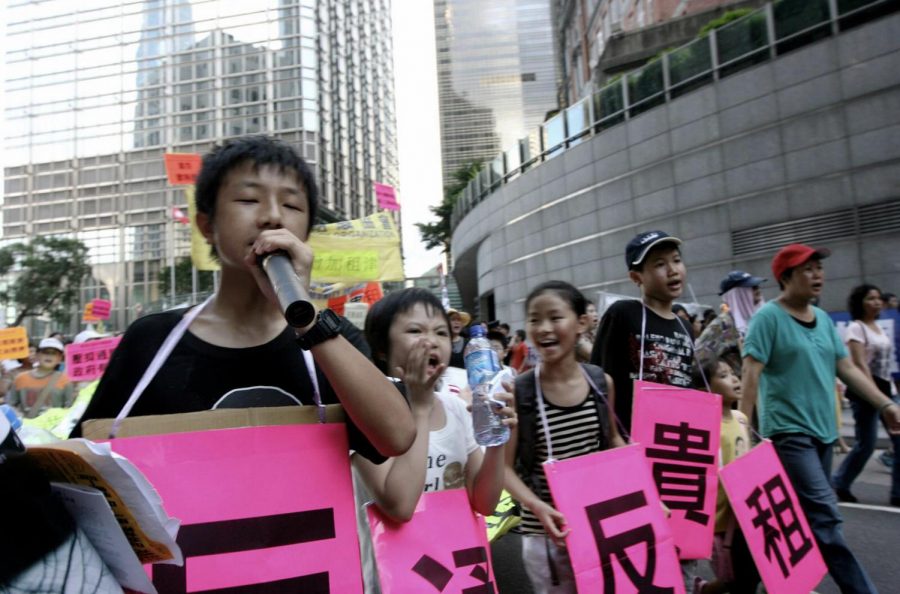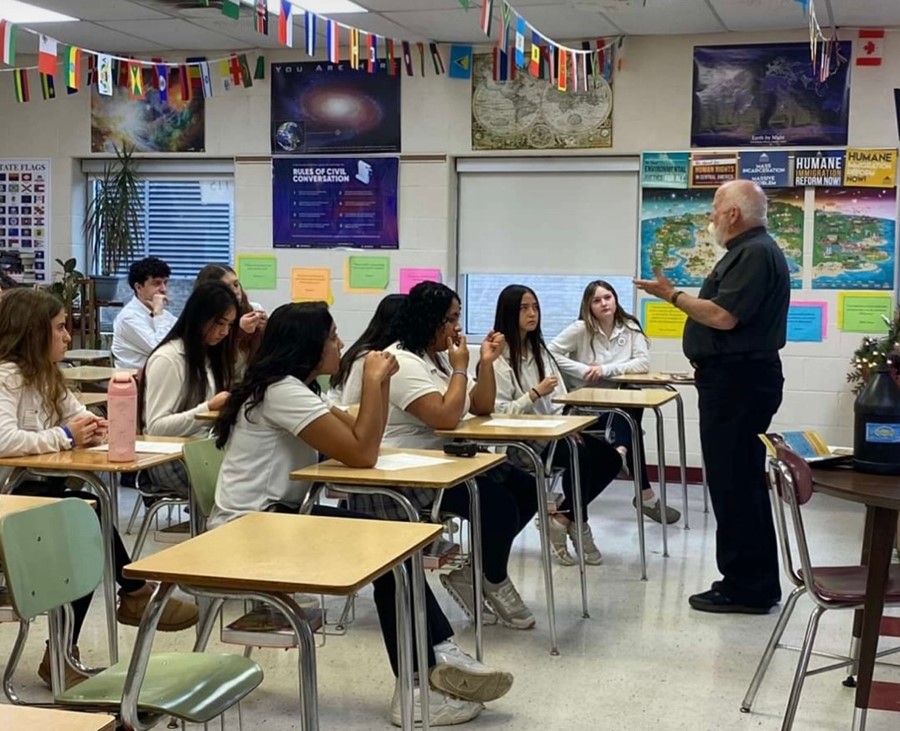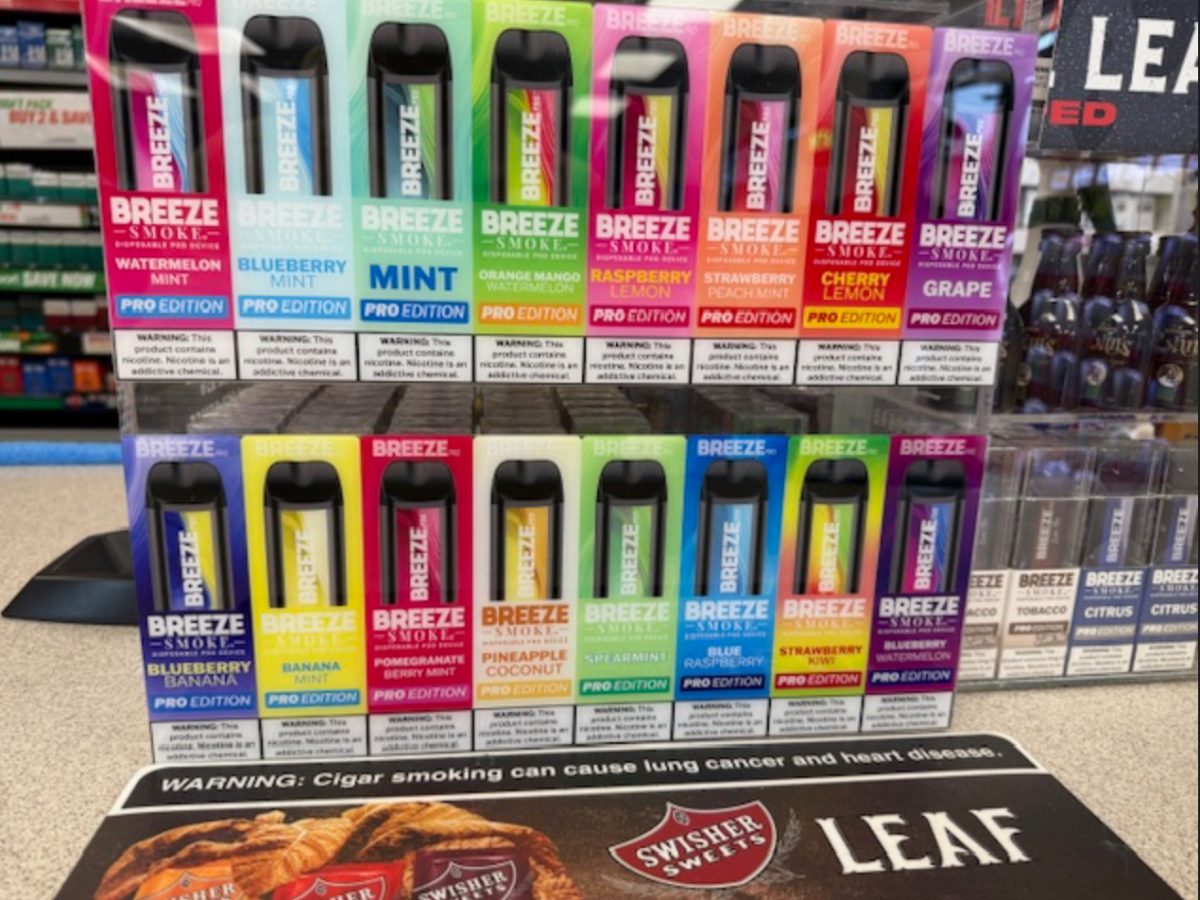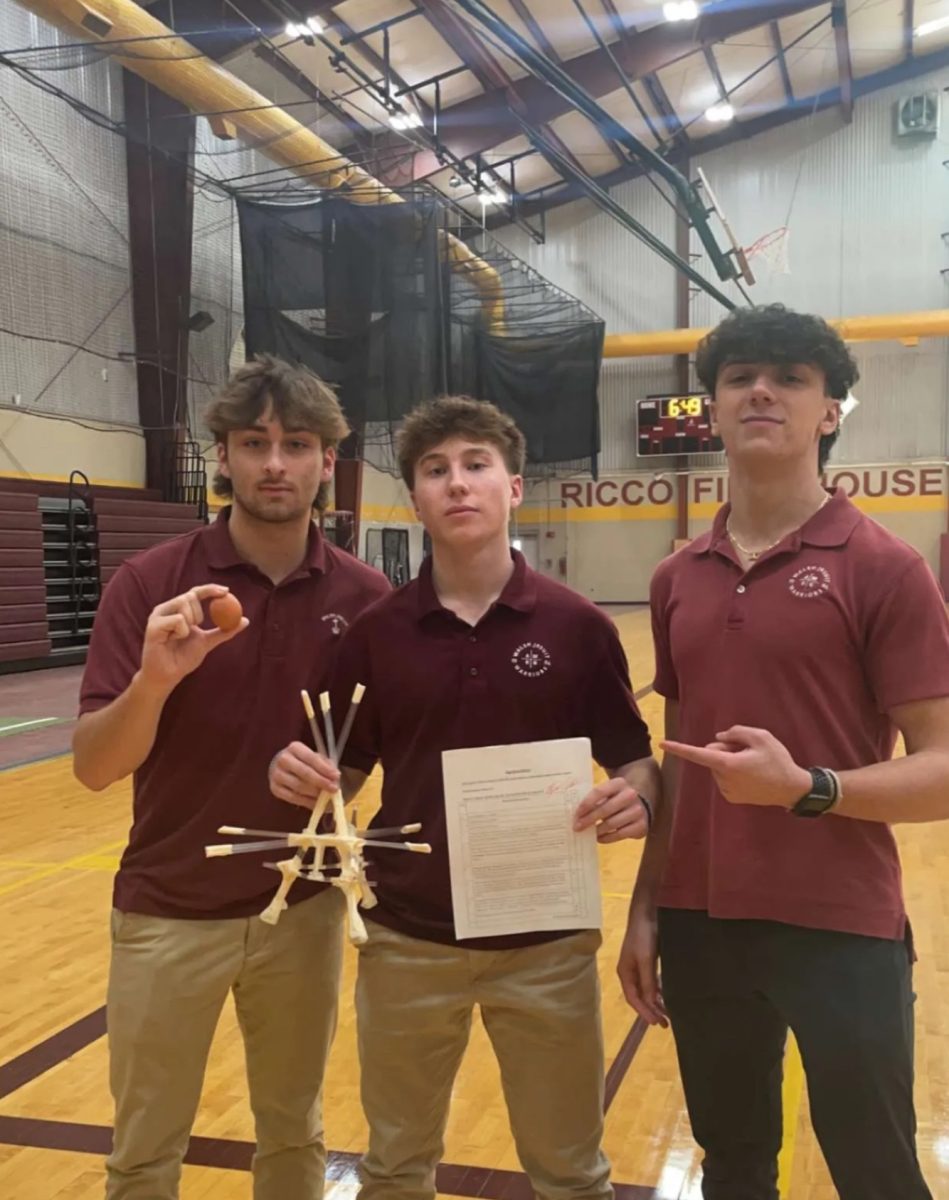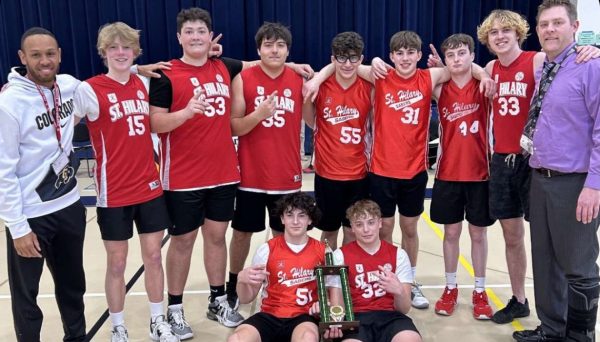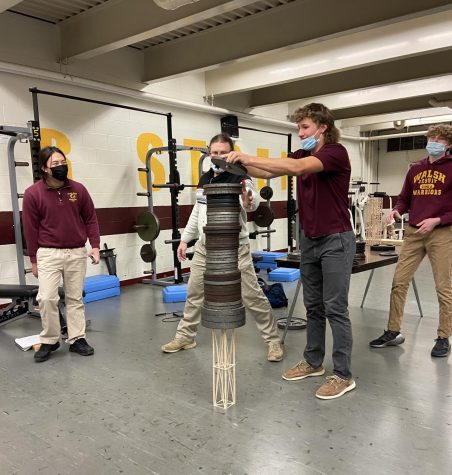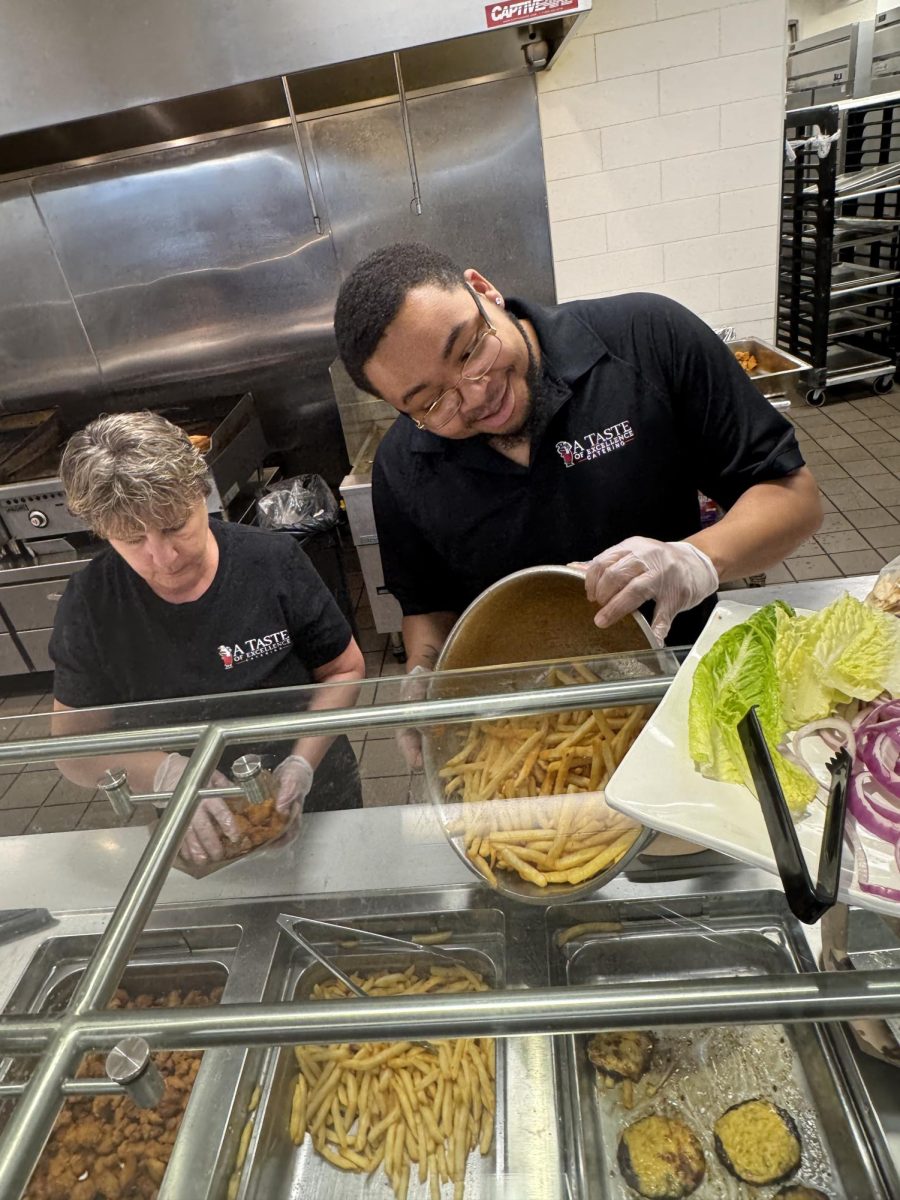Hong Kong protests increase in intensity
(Photo via Flickr, Creative Commons License)
Protesters on Hong Kong voice out against concerns that China will reduce their powers of self rule.
October 21, 2019
The Hong Kong protests, which started in June of this year, have taken a further turn toward violence after a teenage protester was shot by the police on October 1. This created an outcry against the Hong Kong police from those who support the protesters even as some of the protesters turn to more violence. The New York Times writes that this event “represented a new escalation in the violence that has roiled the city.”
Hong Kong had been a British colony until ceded to China in 1999. The people of Hong Kong were supposed to have been given considerable freedom to govern themselves and their economy. Suddenly this past spring, China demanded an extradition bill, forcing Hong Kong to send those accused of a crime to mainland China for trial
Following the passing of the extradition bill, the people of Hong Kong immediately took to the streets in peaceful protest. At one time, nearly 2 million people made their voices heard. Eventually, the original demand of the demonstrators was met as the government withdrew the controversial bill. Authorities thought that the protests would end, but four more demands were made. According to CNN, these additional demands are “for leader Carrie Lam to step down, an inquiry into police brutality, for those who have been arrested to be released, and greater democratic freedoms.” As of now, these demands have still not been met, and China insists that it will stand strong against the protests.
Corey Bricker, a Walsh Jesuit senior who lived in China for five years, visited Hong Kong this past summer. He believes the city is now essentially a police state. He said, “There were police helicopters flying all over the city and police boats going up and down the harbor.”
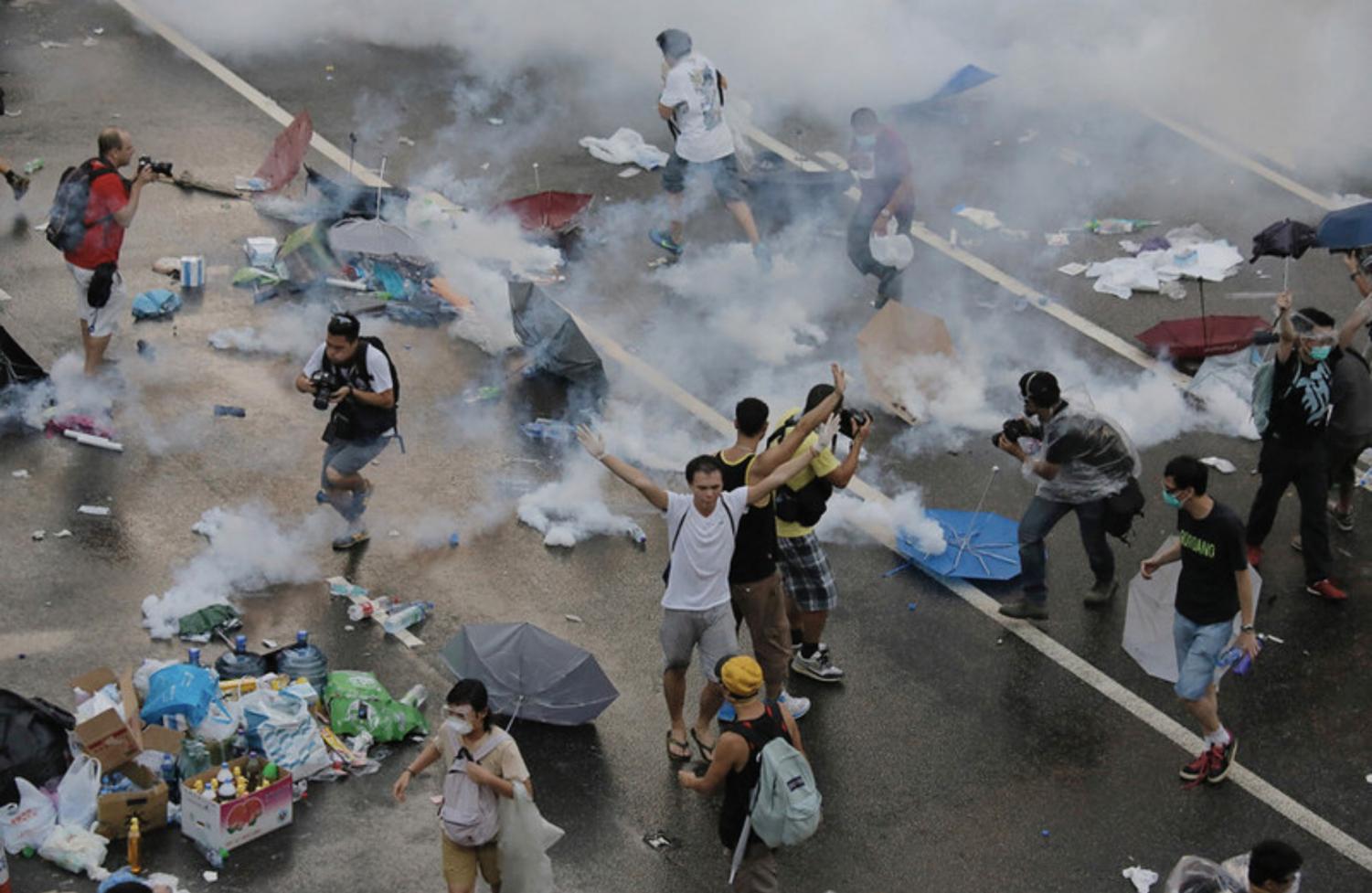
In a cloud of gas, protesters fill the streets of Hong Kong during the recent political showdown with China.
It is important to note that, although the current relationship between most Hong Kong residents and their police force is antagonistic, the people had respected its police force for decades. As a result of protests in the 1950s and ’60s, the public had revered their police. The New York Times notes that “the 30,000-member Hong Kong police force was long known as ‘Asia’s finest.’” The use of tear gas against protesters in 2014 hurt this relationship, but it has only been the most recent protests which have broken the bond.
Following the use of live rounds by police, the protests seem to only be increasing in strength despite the months of demonstrations. The Washington Post predicted, “The clashes are likely to provoke a fresh wave of anger on the streets as Hong Kong’s unrest spills into its fifth month.” The demonstrations seem unlikely to end in the foreseeable future.
As a result of witnessing the determination of the protesters firsthand, Corey came to admire their dedication to their cause. He said that the protesters “cared so much about their freedom and rights.”
Supporting those who fight for human rights, justice and democratic principles has been an American tradition.

